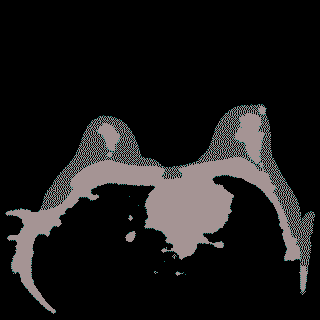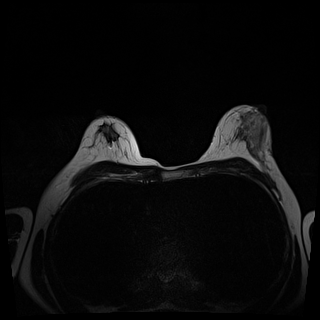Breast tissue Segmentation for Magnetic Resonance Imaging Using Deep Learning Methods
- Stellenausschreibung:
-
Stellenart:
Bachelor-/ Masterarbeit, Praktikum
-
Stellennummer:
IPE 13-20
-
Institut:
Institute for Data Processing and Electronics (IPE)
-
Eintrittstermin:
On appointment
-
Kontaktperson:
Torsten Hopp , Sarah Said
Breast tissue Segmentation for Magnetic Resonance Imaging Using Deep Learning Methods
Breast segmentation is an important task in medical image processing. Manual segmentation for cancer diagnosis, from large amount of magnetic resonance imaging (MRI) images generated in clinical routine, is a difficult and time consuming task. There is a need for automatic MRI image segmentation. Recently, automatic segmentation using deep learning methods became popular since these methods achieve state-of-the-art results and can address this problem faster than other methods.
In a D-A-CH project in collaboration with Medical Faculty of Vienna we aim at developing image registration methods to automatically combine complementing breast image modalities for enhanced early breast cancer diagnosis and integrate them into clinical workflow. In order to establish a reliable image registration, we focus first on automated segmentation of MRI images.
Figure 1: Example of a Segmented MRI image with the implemented Algorithm
In this student position, we aim at developing a robust segmentation for MRI images. Based on the current implementation of the segmentation method using Fuzzy C-means and K- means clustering, the method should be extended, robustified and evaluated with clinical data either using traditional segmentation approaches or using Deep Learning Methods instead. For evaluation we are planning to compare the automatic segmentation with manually segmented images serving as ground truth.
Task description (adaptable to desired time frame)
- Development of an automated segmentation of MRI images based on existing implementation taking into account three predominant tissues: muscle, glandular and fatty tissue
- Implementing Segmentation Using alternative methods and/or Deep Learning Methods
- Analysis and comparison of the segmentation results with respect to the ground truth
Qualifications
- Programming skills in MATLAB required.
- Interest in medical imaging and in particular magnetic resonance imaging.
- Basic knowledge in Deep Learning methods beneficial.
Contact
Torsten Hopp, torsten.hopp∂kit.edu
Sarah Said, sarah.said∂kit.edu



